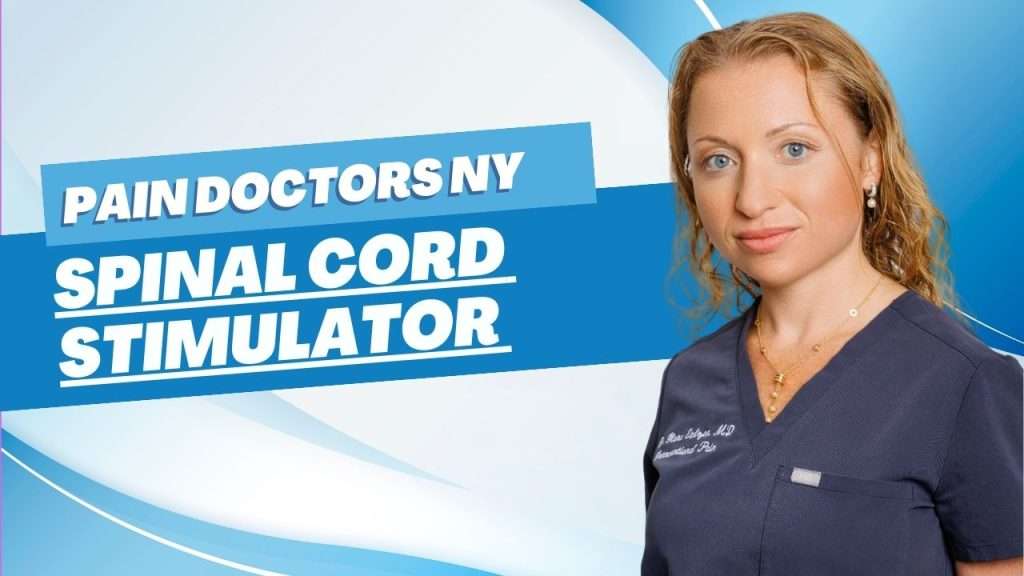Spinal Cord Stimulator (Procedure) NY

A spinal cord stimulator (SCS) procedure is a medical intervention used to alleviate chronic pain and improve the quality of life for individuals who have not responded well to other conservative treatments. It involves the implantation of a device that delivers electrical impulses to the spinal cord, effectively blocking pain signals from reaching the brain. The SCS procedure is typically performed by a neurosurgeon or pain management specialist in a hospital or surgical center. Before the procedure, a thorough evaluation is conducted to determine if the patient is a suitable candidate for SCS. This evaluation includes a review of medical history, physical examination, imaging studies, and various pain management assessments.
To ensure optimal placement and effectiveness, the surgeon may use fluoroscopy (real-time X-ray guidance) or other imaging techniques. The leads are then connected to a small generator device, often referred to as a pulse generator or stimulator. This generator is implanted under the skin in the buttock or abdominal region, and the incision is closed. After the implantation, the patient undergoes a trial period during which the SCS device is externally programmed and controlled by the healthcare provider. This allows the patient to assess the device’s effectiveness in managing their pain before committing to a permanent implant. The trial typically lasts for a few days to a week.
Disclaimer: This content is intended to provide basic information only and should not be considered as a substitute for professional medical advice, diagnosis, or treatment. Always seek the advice of a qualified healthcare professional regarding any medical condition or concerns you may have. Never disregard professional medical advice or delay in seeking it based on the information provided herein. The content presented is for informational purposes only and does not establish a doctor-patient relationship. Reliance on any information provided in this content is solely at your own risk.

